Share
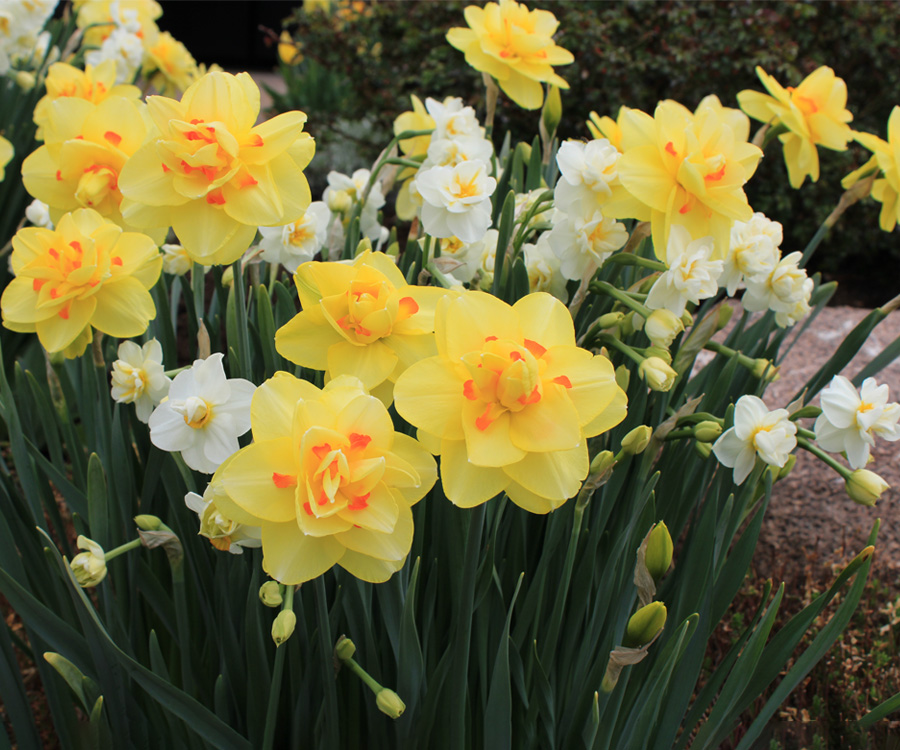
Bulb Gardening: Planning your Fall Planting
Planning a bulb garden is easy and rewarding. Whether you’re planting plants in spring or summer you can still prepare the area for your bulbs.
A great trick is to use empty nursery pots as placeholders for bulbs – place them where you want to plant bulbs in the Fall. It may sound silly but if you dig a hole, set the empty pot in it, fill it up with soil and cover the top just so you can’t see the edge, you will have the work and spacing done in advance. Then this Fall, just pop the pot out with a shovel and you’ll have a hole ready for your bulbs. Just add bulb food and the soil from your container and you’re done!
Bulbs are a gardener’s best friend because they’re low maintenance, many multiply without the help of the gardener (but to help the process we recommend G&B Bud & Bloom Fertilizer), and they are beautiful!
A few of our favorite bulbs include:
- Tulips
- Daffodils
- Asiatic Lillies
- Allium
- Galanthus
- Crocus
- Gladiolus
- Caladiums
- Dahlias
- Lily of the Valley
Check out any of our three locations for a wide assortment of bulbs to beautify your garden with!
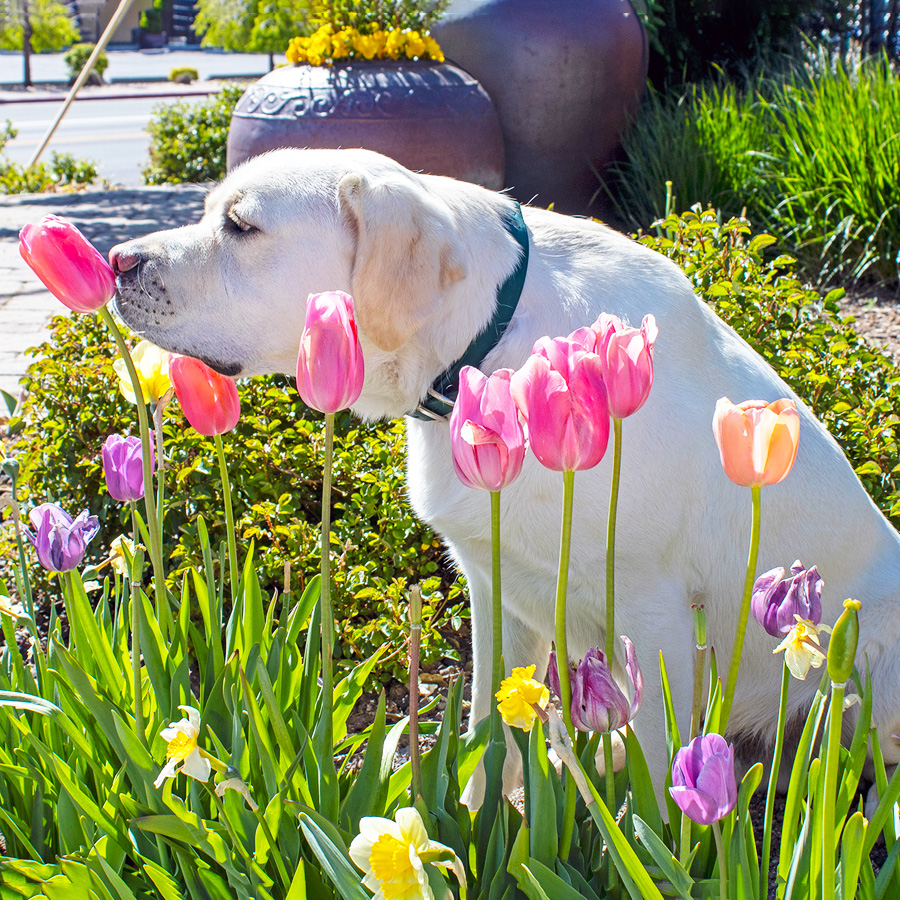
Share
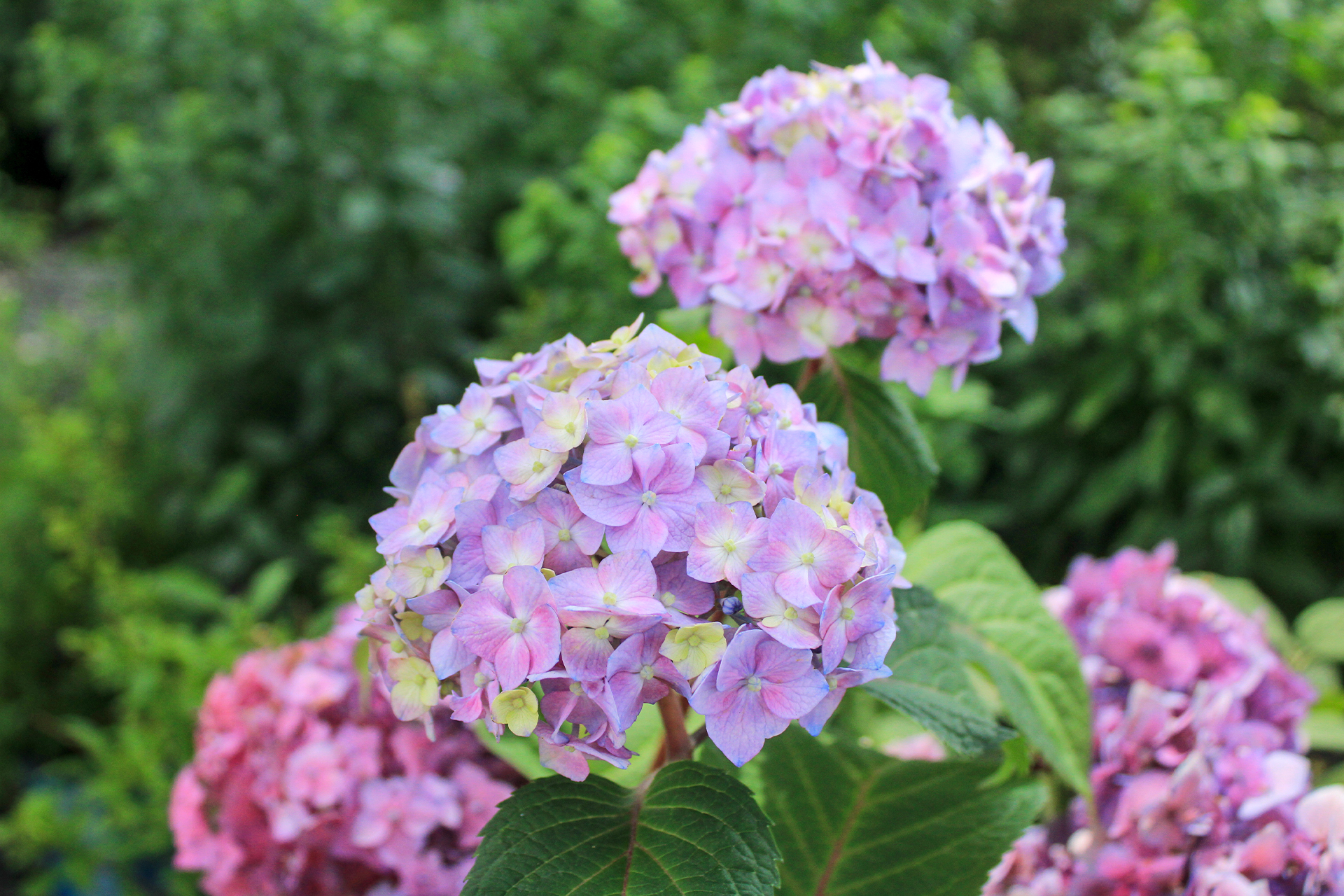
By understanding the specific needs of each hydrangea variety, you can ensure they thrive and continue to enchant with their seasonal displays year after year.
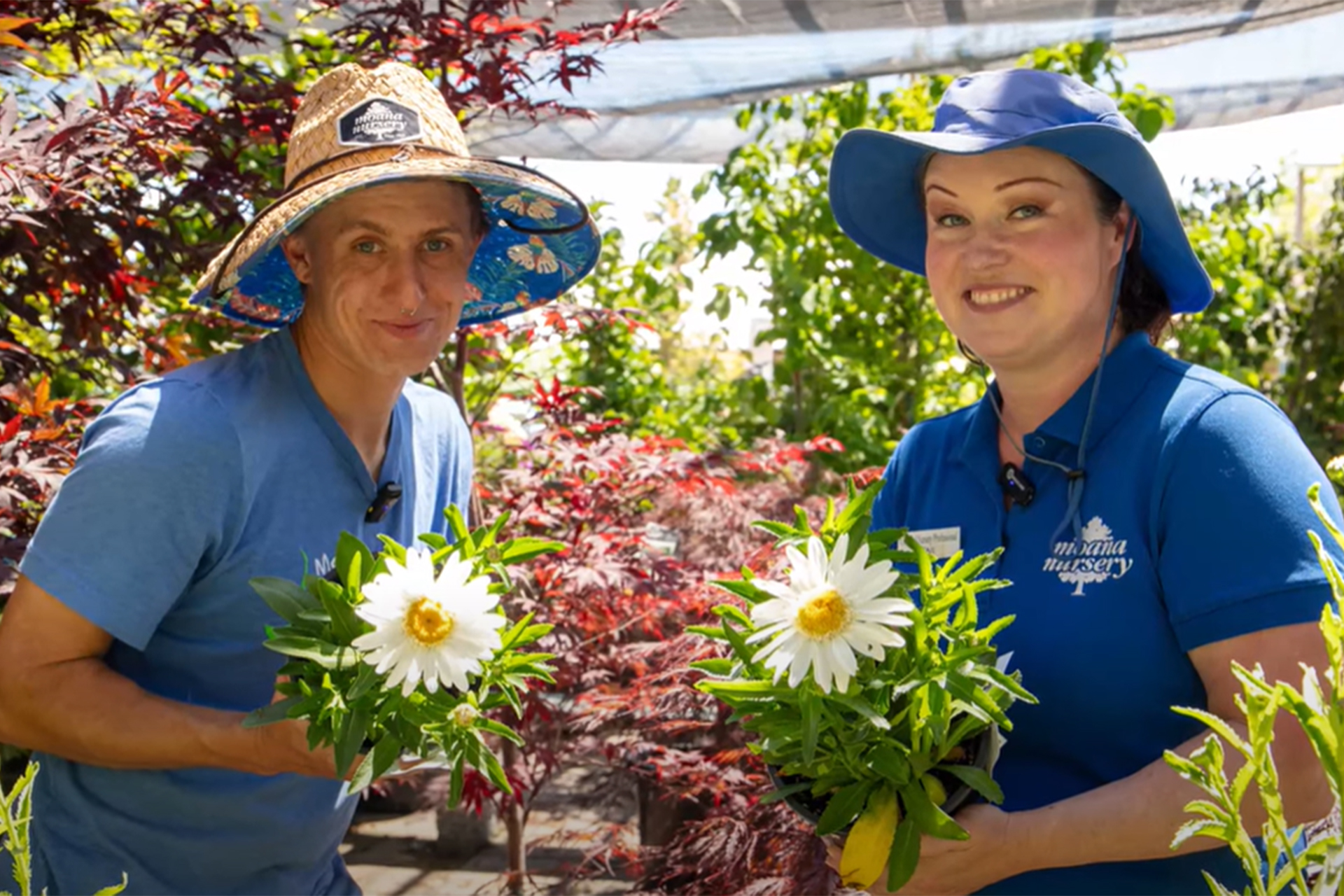
Shasta daisies are a testament to the beauty and resilience that can flourish in the high desert, enhance your garden with their elegance.
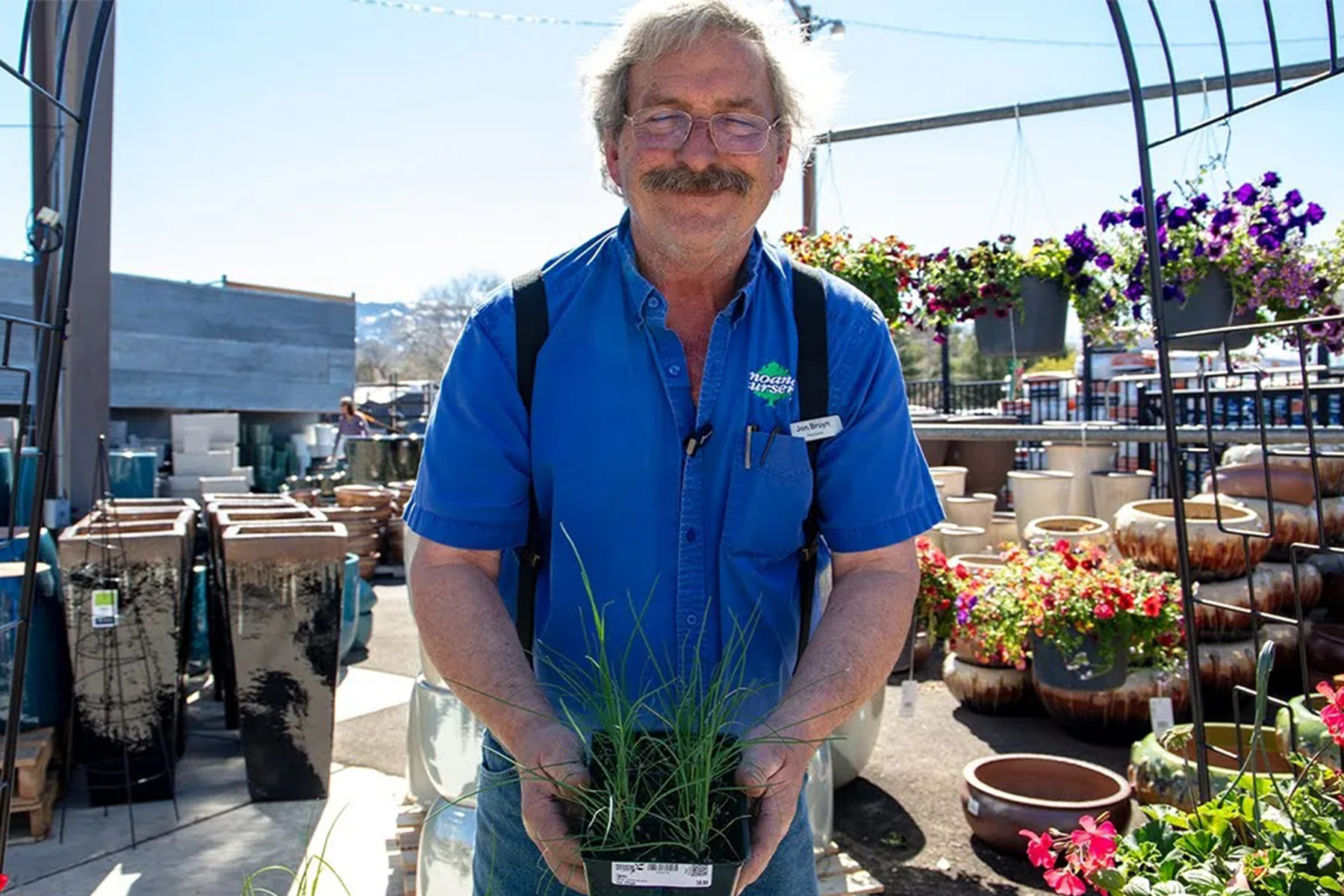
In a world filled with artificial flavors and processed foods, cultivating your own herb garden offers a return to authenticity.
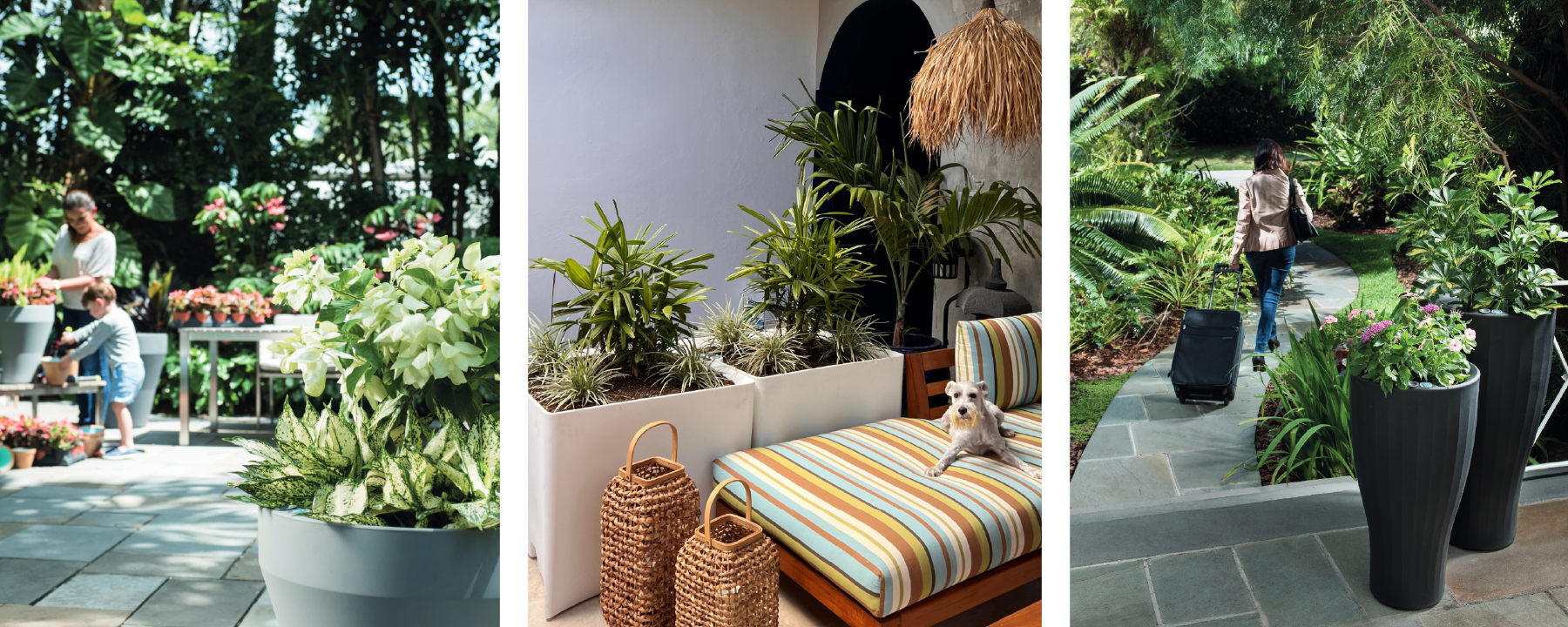
Let's delve into the world of self-watering pots and explore how they're changing the landscape of gardening.
